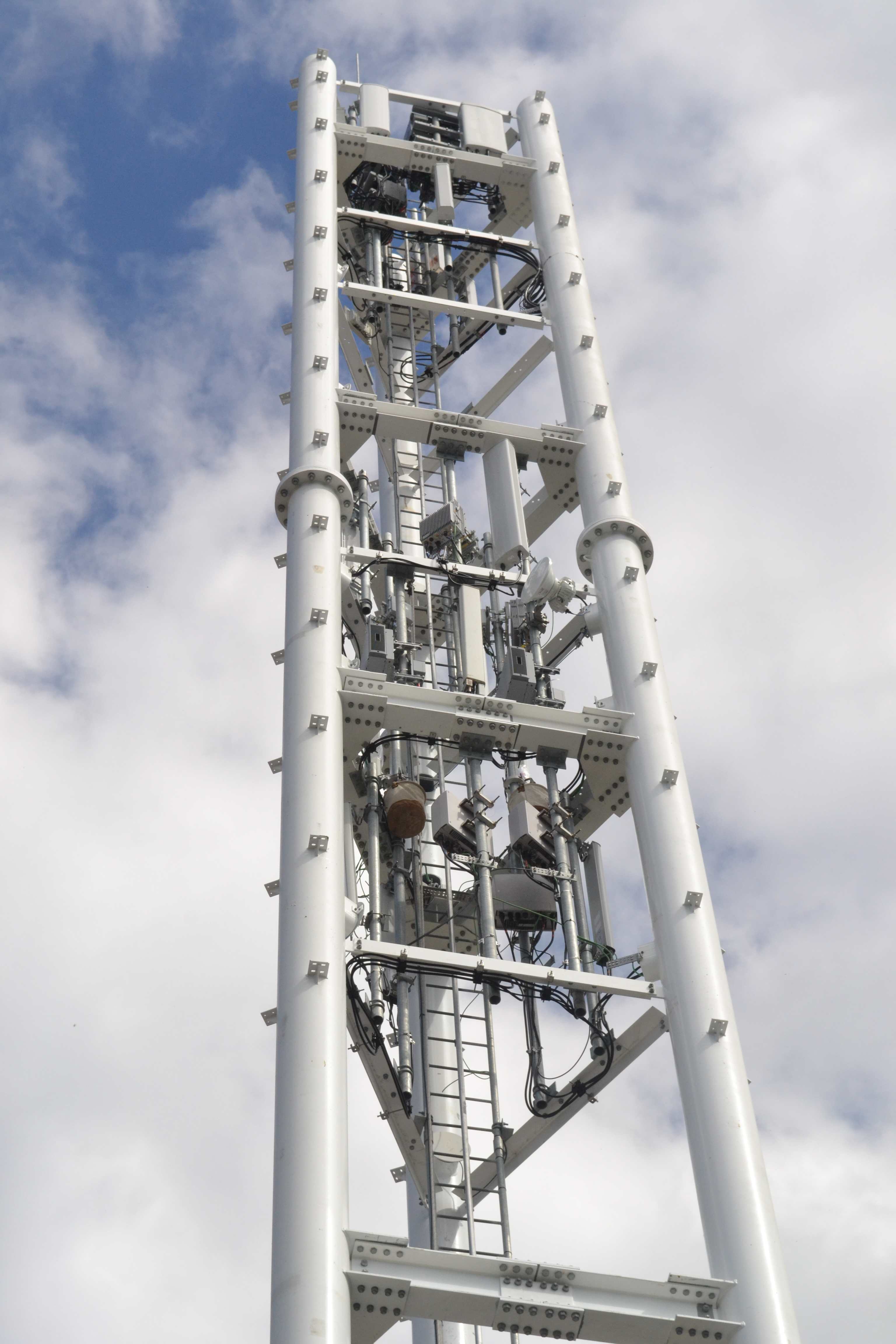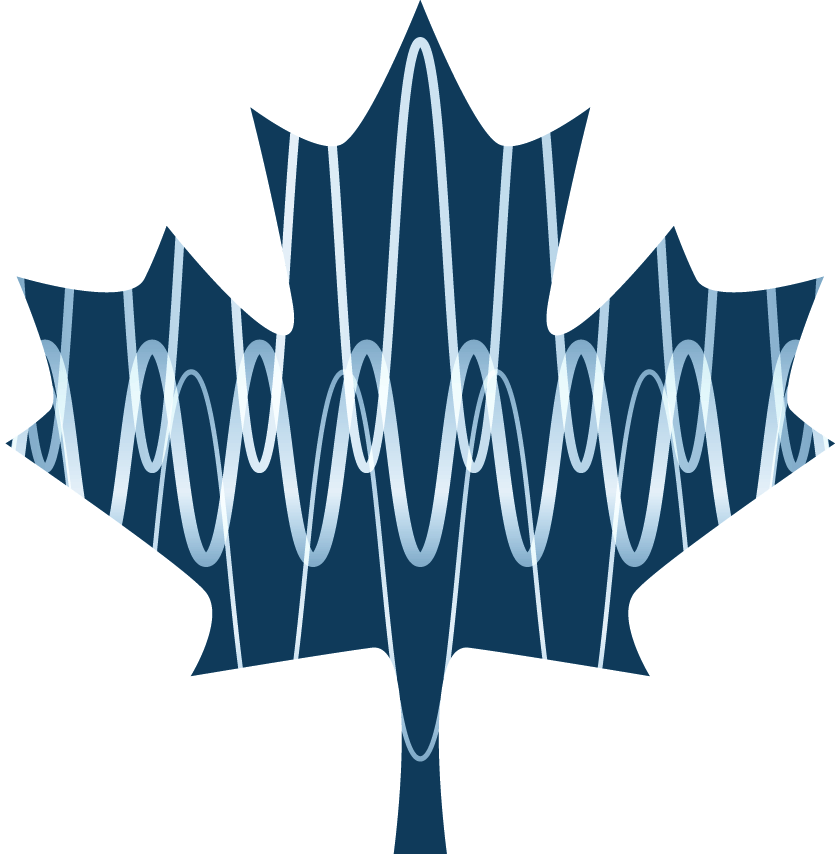The electromagnetic spectrum is a continuum of all types of electric, magnetic, and visible radiation. The wavelength of the emission and its corresponding frequency have been used to create broad classifications (from long to short) such as radio wave, microwave, infrared, visible light, ultraviolet, X-rays and gamma rays. This transmission travels with the properties of an oscillating wave that depend on its frequency; lower frequencies have longer wavelengths and higher frequencies have shorter wavelengths. Waves can be made to carry information by varying a combination of the amplitude, frequency, and phase of the wave.
Radio frequencies are those below 300 gigahertz (GHz) and many types of electronics operate using radio spectrum, from communication systems – including mobile phones – and over-the-air television and radio stations to microwaves and medical equipment. Mobile phones operate in the Ultra High Frequency (UHF) band, 300-3000 megahertz (MHz); this can also be written as 300MHz-3GHz. To help minimize interference between various services, the UHF band has been further broken down into smaller bands where similar devices operate.
These smaller bands can often be referred to by their assigned use, such as cellular spectrum or television spectrum, and are typically regulated by national governments working within an international framework governed by the International Telecommunication Union, a specialized agency of the United Nations. Portions of the spectrum can be licensed by governments to private or public organizations for exclusive use such as for creating a mobile phone network or military radar, or can be designated for unlicensed use, such as the Industrial, Scientific and Medical (ISM) band at 2.4 GHz that WiFi, baby monitors, microwaves, and other consumer products operate in.
In current cellular networks, spectrum is often seen to fall into two broad categories of Sub 1 GHz and 1 GHz+. Different frequencies/wavelengths result in differing characteristics in the way that they travel, referred to as wave propagation. As noted above, lower frequencies have longer wavelengths, meaning that they travel farther and are more able to penetrate obstacles such as walls and trees, whereas higher radio waves can potentially carry more information but are more susceptible to various forms of interference and travel shorter distances.
Radio propagation is very complex, especially in a mobile context and can result in multipath scattering, shadowing, and attenuation effects, all of which can impact the quality of signal. Shadowing refers to radio signals that are blocked by obstructing structures; attenuation refers to the gradual loss in signal intensity as it travels, a basic property of physics; multipath scattering refers to the nearly infinite number of paths radio waves can travel between a transmitter to receiver, reflecting, scattering, and diffracting off objects and around corners. Multipath scattering can result in a degraded signal (compared to line of sight) but can also serve to facilitate transmission by “bouncing” a signal around a structure that is shadowing a receiver or having a signal received from several vectors to overcome attenuation loss. These factors will impact the deployment and optimization of cellular networks. The 700 MHz spectrum’s value derives, in part, from its ability to travel longer distances (attenuation), travel through buildings or trees (shadowing), and degrade less due to obstacles (multipath scattering).
Advances continue in our understanding of spectrum properties and how to manipulate them. Recent research into the orbital and spin angular momentum of electromagnetic waves (think of the Earth orbiting the sun while also spinning on its own axis), full-duplexing of signals (simultaneous sending and receiving on the same channel) and communications research into spectrum in the terahertz (THz) range (high capacity but poor propagation) are some examples of the still-developing science of spectrum. Increased knowledge of spectrum can lead to enhanced spectral efficiency – the ability to transmit a greater amount of information per hertz (Hz). As a comparison [PDF], 3G networks initially launched with a .5 bits per second(bps)/Hz spectral efficiency while first generation LTE networks had a spectral efficiency of 1.5 bps/Hz. Depending on hardware (antennas on transmitters and receivers) and network configurations (how many MHz per carrier frequency, sectors per cell), actual throughput speeds (measured in Mbps) can be higher.
While the primary focus of Canadian Spectrum Policy Research is the sub- 300 GHz radio frequencies used for public mobile communications, the lion’s share of spectrum is allocated for a wider variety of purposes. The full range of ITU-defined services include aeronautical and maritime communications and navigation, broadcasting, and satellite services including applications such as GPS.
Additional references:

